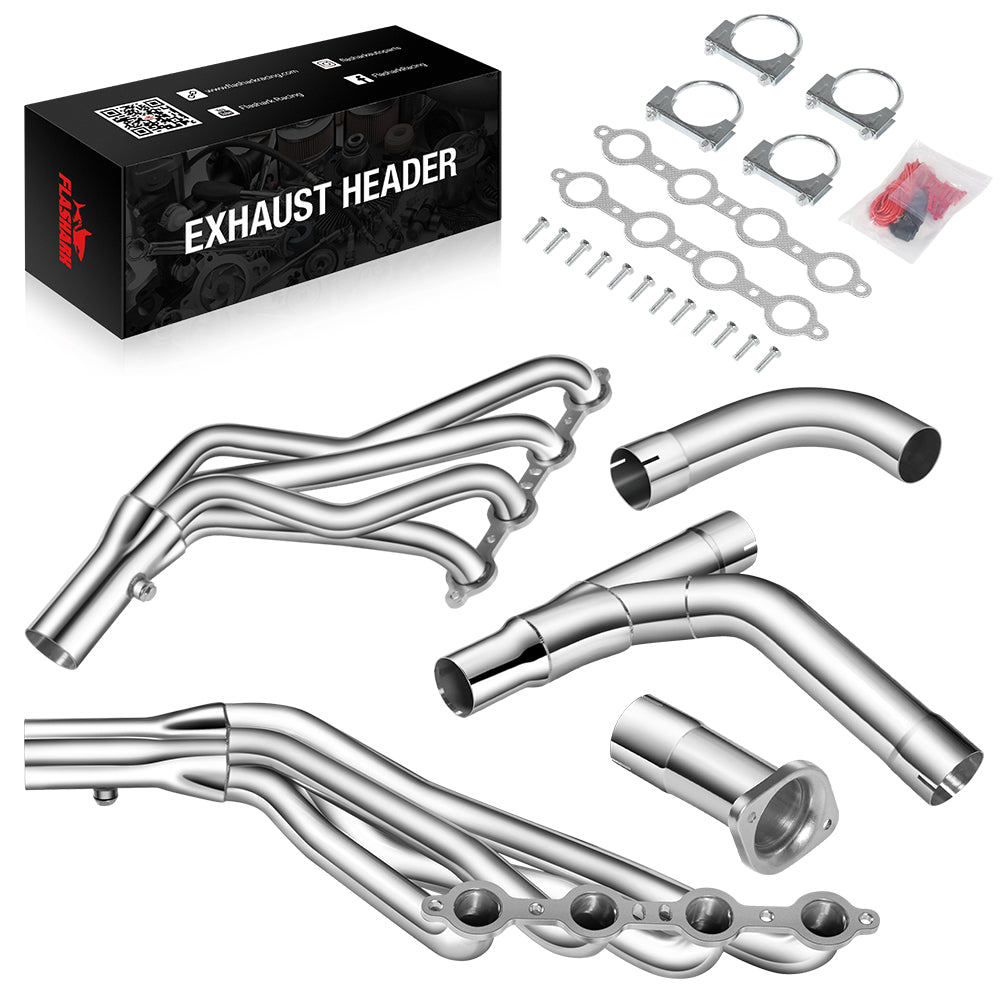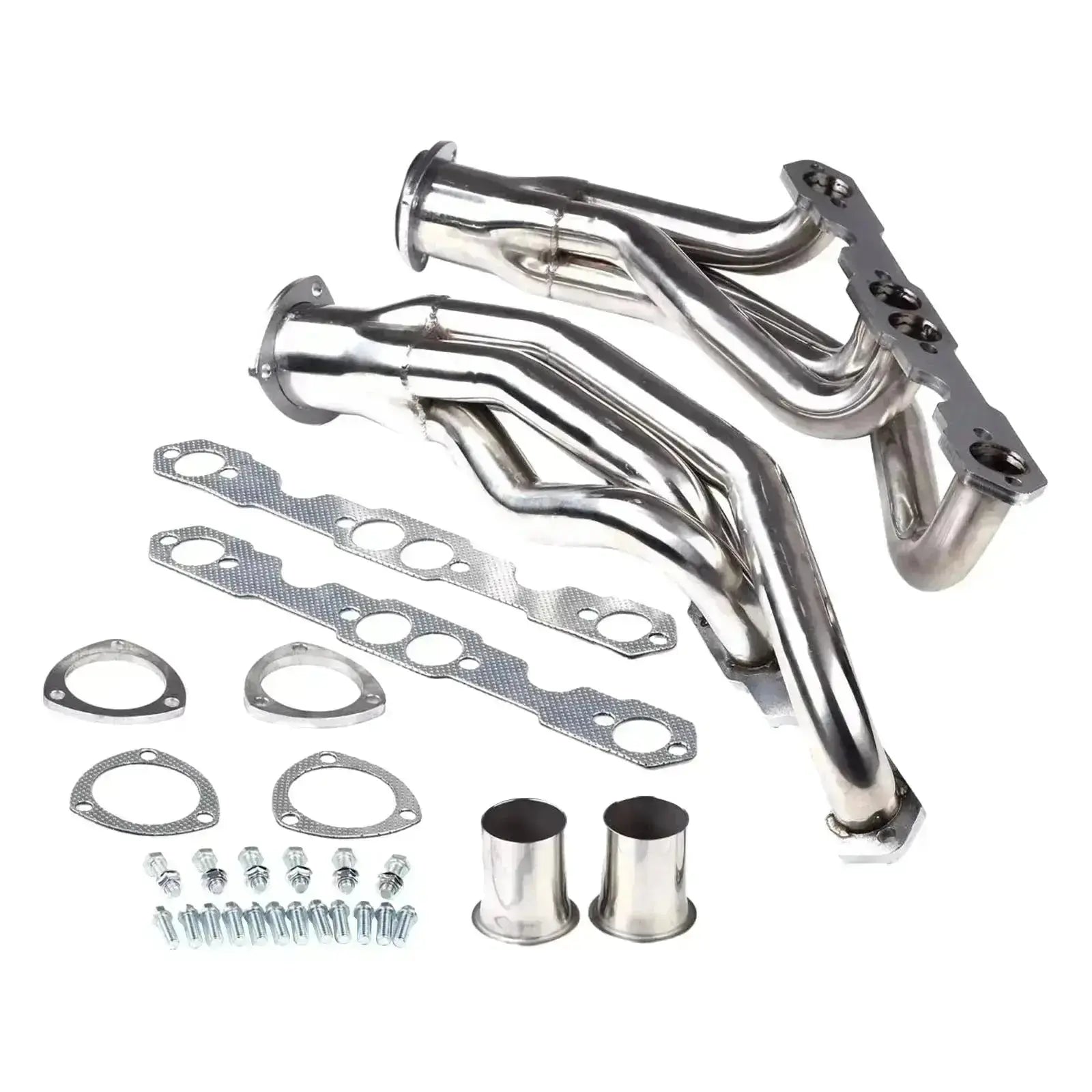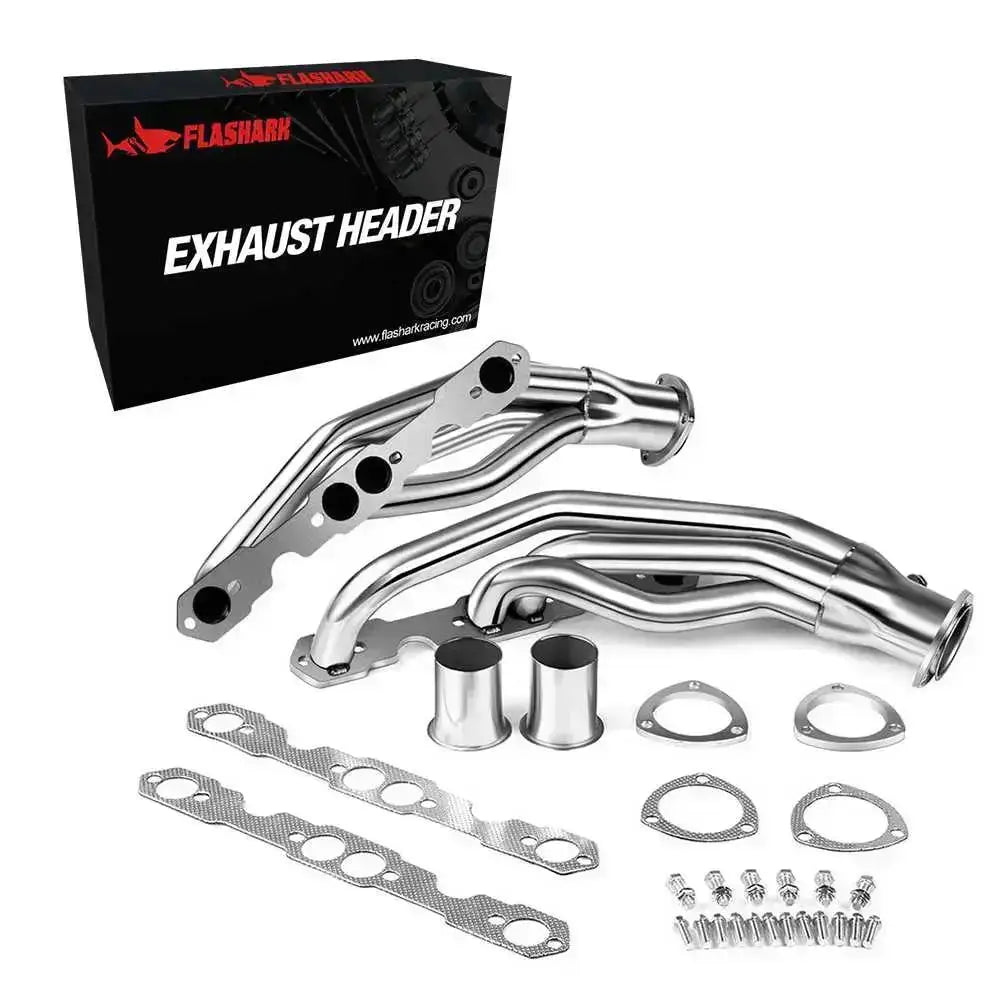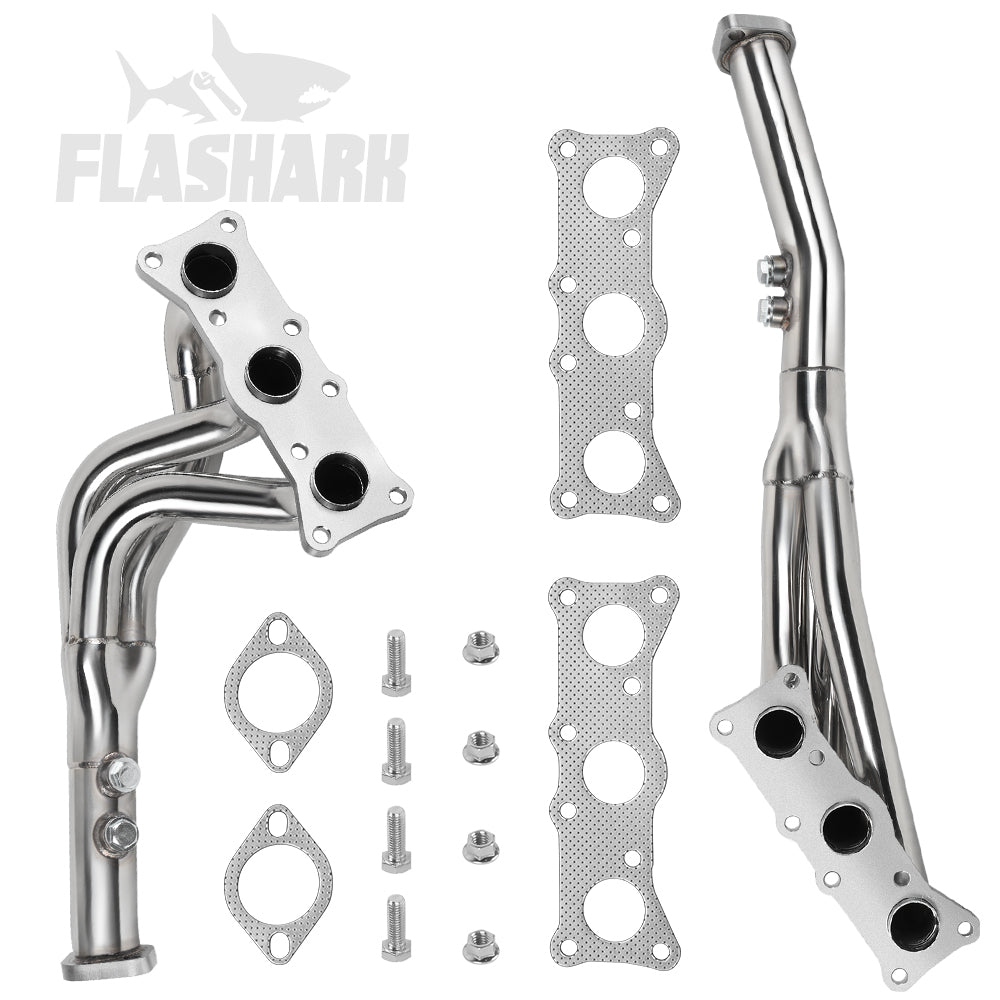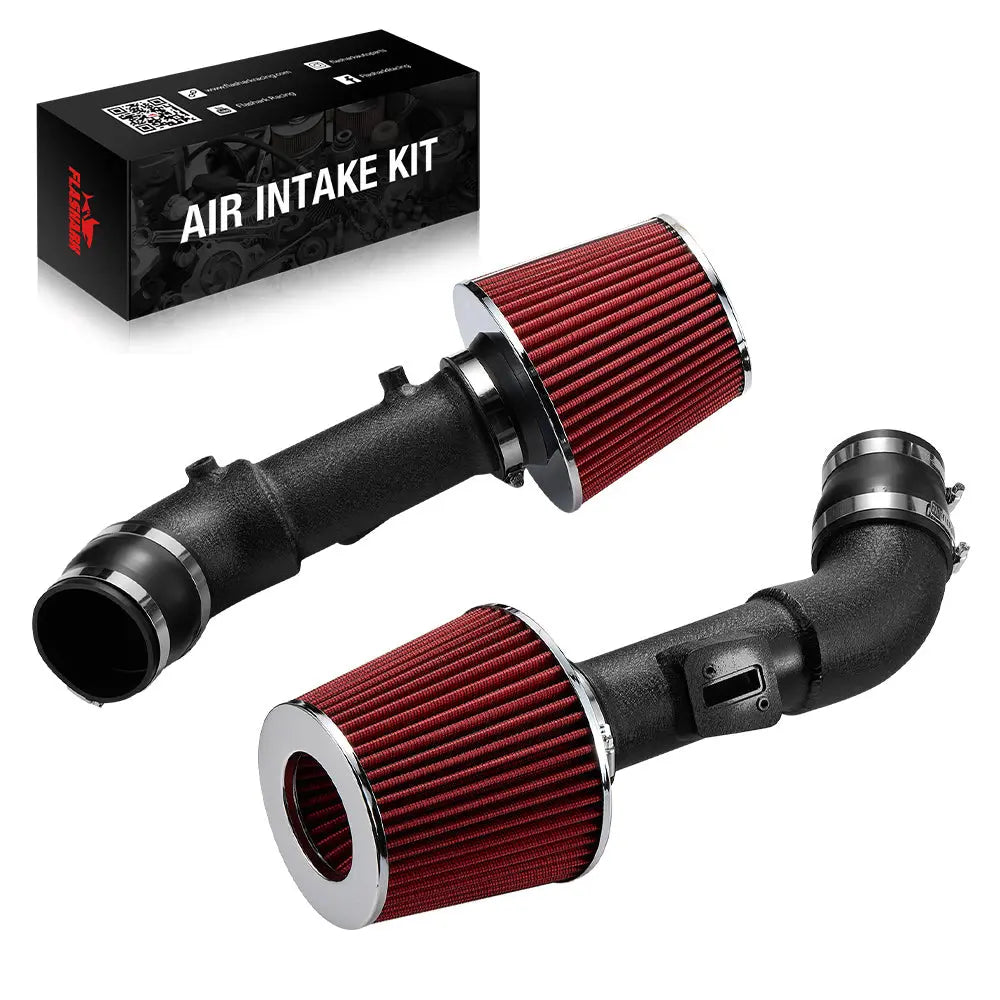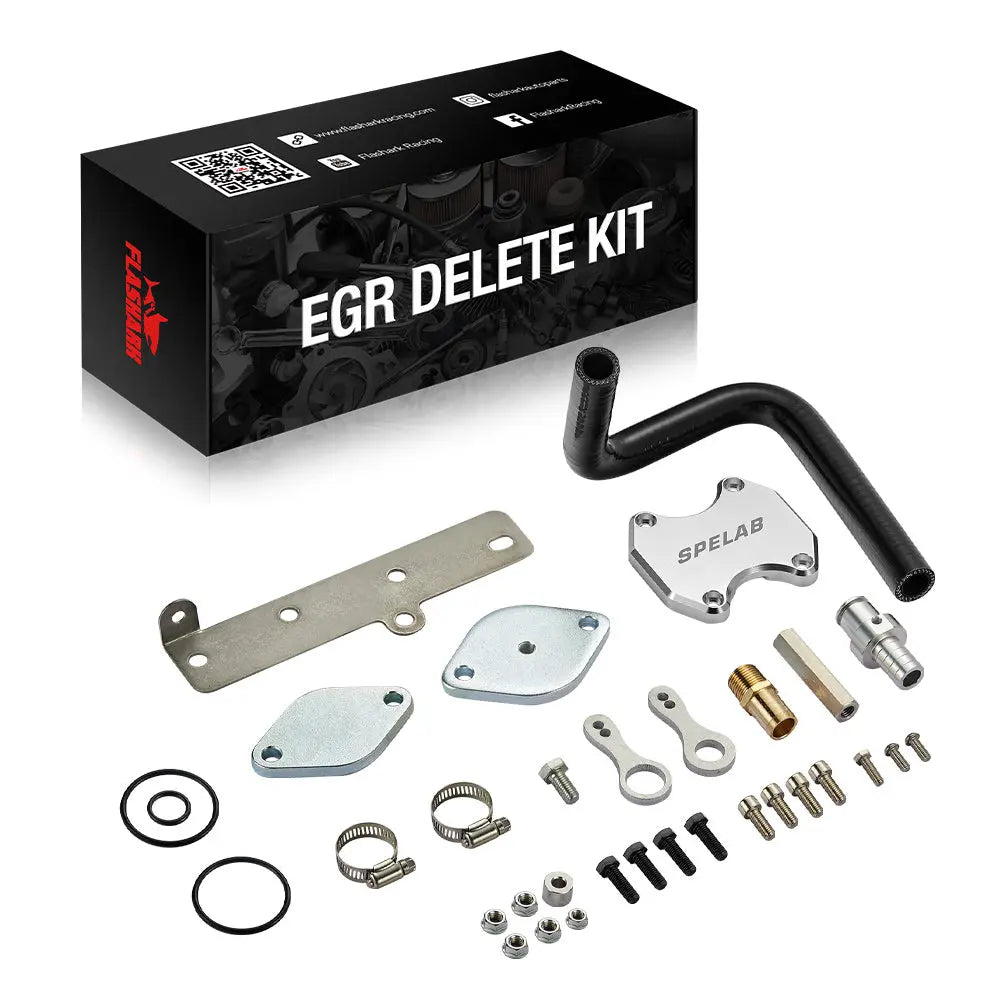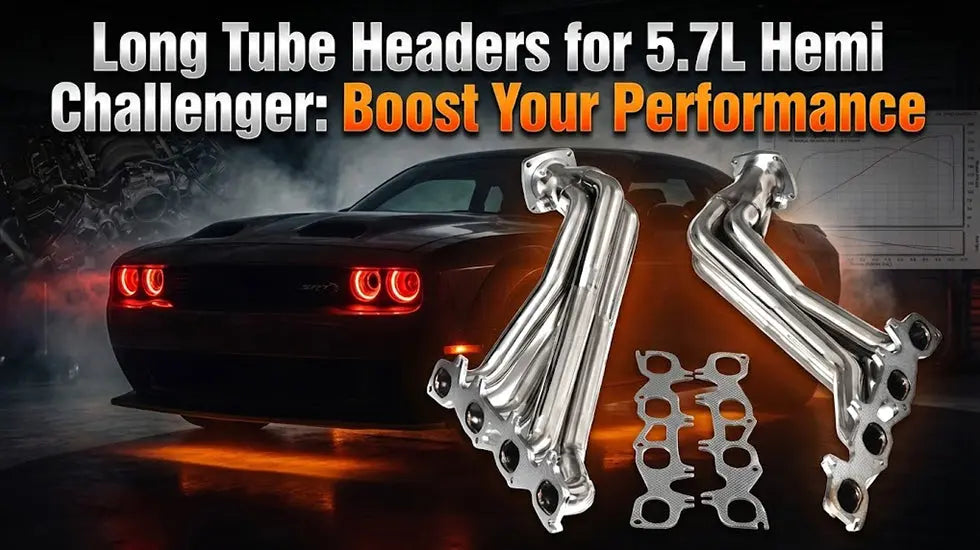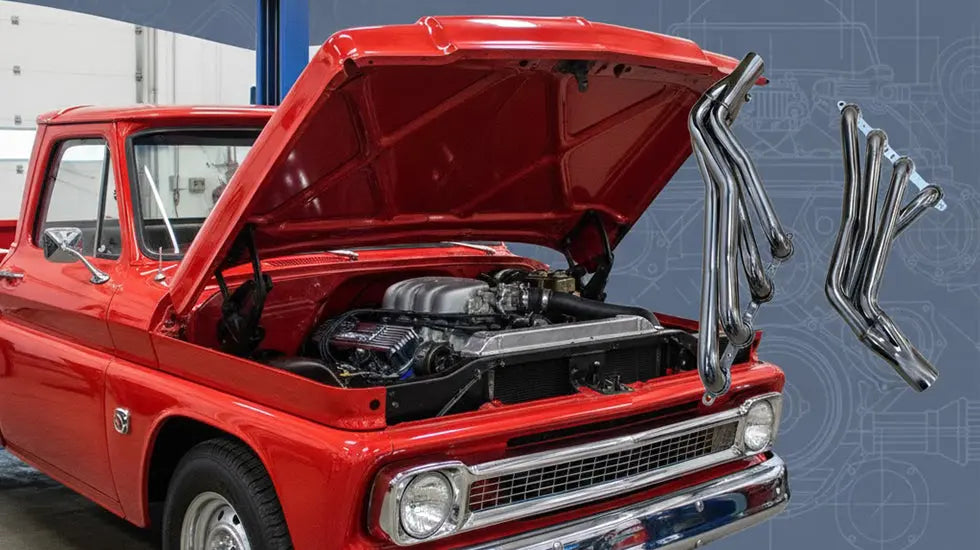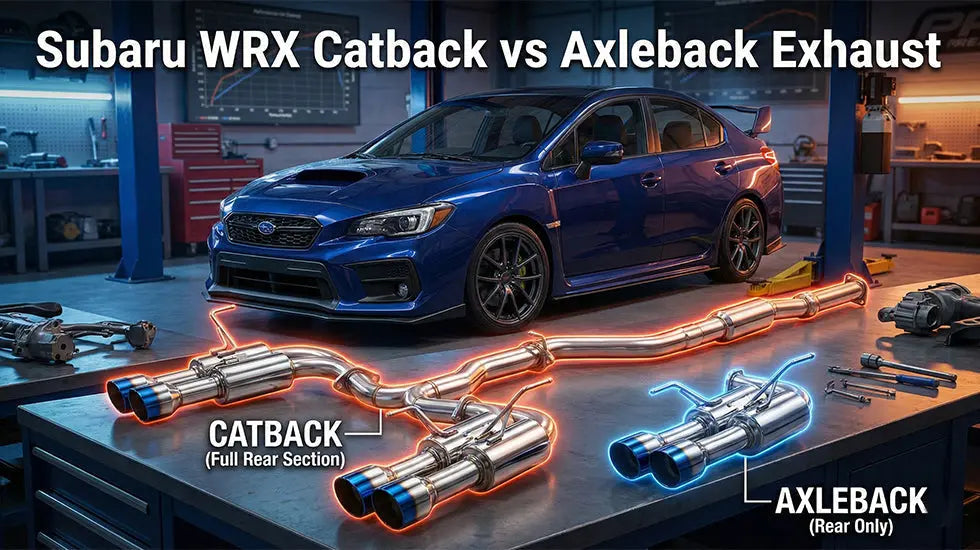Upgrading your 5.3 Vortec engine with a cold air intake is one of the most effective ways to boost performance, improve throttle response, and increase overall engine efficiency. However, with so many options available on the market, choosing the right cold air intake can be overwhelming. In this guide, we’ll break down the factors you should consider when selecting the best cold air intake for your 5.3 Vortec engine, helping you make an informed decision.
What is a Cold Air Intake and How Does It Improve Performance?
A cold air intake is a performance part designed to replace the factory air intake system in your vehicle. Its main job is to bring in cooler, denser air from outside the engine bay, improving the engine's combustion process. The more oxygen-rich air that enters the engine, the better the combustion and, ultimately, the performance.
How It Improves Performance for Your 5.3 Vortec Engine:
For your 5.3 Vortec engine, a 5.3 Vortec cold air intake can help improve several key aspects:
-
Increased Horsepower: By drawing in cooler air, a cold air intake allows the engine to burn fuel more efficiently, leading to a noticeable increase in horsepower (typically between 7-10%).
-
Better Throttle Response: With the improved airflow, your vehicle’s throttle response becomes quicker, allowing for smoother and faster acceleration.
-
Fuel Efficiency: Cold air intake systems also contribute to a more efficient combustion process, which can result in better fuel economy, especially at higher speeds.

Why Upgrade to a Cold Air Intake for Your 5.3 Vortec Engine?
If you're looking for better engine performance, a cold air intake is one of the most cost-effective upgrades you can make. Here’s why it’s particularly beneficial for the 5.3 Vortec engine:
- Boosts Power and Torque: A cold air intake increases airflow into the engine, which leads to more efficient combustion. This results in a direct improvement in horsepower and torque, particularly at mid-range RPMs where the 5.3 Vortec engine thrives.
- Enhances Throttle Response and Acceleration: The ability of the intake to deliver cooler air directly into the engine leads to better throttle response. You'll notice smoother and more immediate acceleration, which can make a noticeable difference when towing or driving on the highway.
- Improves Fuel Efficiency: Although not the primary reason for upgrading, cold air intakes can improve fuel efficiency. By providing more oxygen to the combustion chamber, your engine can burn fuel more completely, reducing waste and improving fuel economy.
- Deepens Engine Sound: Cold air intakes also provide a more aggressive, sporty engine sound. If you’re looking for a more thrilling driving experience, the enhanced intake noise can make your 5.3 Vortec sound even more powerful.
Top Cold Air Intake Kits for 5.3 Vortec Engines
With so many cold air intake systems available for the 5.3 Vortec engine, it’s important to choose a high-quality kit that offers the best performance and value. Here are two highly recommended options:
Flashark Cold Air Intake Kit for 1999-2006 GM Trucks
Key Features:
-
Designed for Vortec Engines: Specifically built for 4.8L, 5.3L, and 6.0L Vortec V8 engines.
-
Increased Horsepower: Expect a 7-10% increase in horsepower and a 6-8% boost in torque.
-
Improved Airflow: Features a lightweight T-304 aluminum intake pipe that ensures optimal airflow for smoother acceleration and faster throttle response.
-
Easy Installation: This kit is designed for easy installation and comes with all necessary mounting accessories. No additional parts are required.
-
Durable Filter: Comes with a high-quality washable and reusable cone air filter for long-term use.
Why It's Perfect for the 5.3 Vortec:
The Flashark Cold Air Intake Kit for GM trucks offers a direct upgrade for 5.3 Vortec engine owners, providing significant gains in both performance and engine sound. With its efficient design and high-performance filter, this intake maximizes airflow, which directly improves throttle response and overall engine efficiency.

Flashark Cold Air Intake Kit for 2007-2014 Chevy/GMC V8 Engines
Key Features:
-
Fits Multiple V8 Engines: Compatible with 4.8L, 5.3L, 6.0L, and 6.2L V8 engines.
-
Increased Horsepower and Torque: Gains of up to 10% in horsepower and 6-8% in torque.
-
Enhanced Sound: The system provides an intense, deep intake sound, adding to the overall driving experience.
-
Washable Filter: The filter is high-quality, washable, and reusable, making it a cost-effective long-term investment.
-
Durable Construction: Made from lightweight aluminum for maximum airflow and reduced engine stress.
Why It's Perfect for the 5.3 Vortec:
This cold air intake kit is designed to fit a wide range of GM trucks and SUVs, including those equipped with the 5.3L V8 Vortec engine. It offers a significant performance boost, better throttle response, and improved fuel efficiency, all while maintaining a clean and sporty engine sound.

Conclusion
When it comes to upgrading your 5.3 Vortec engine, a cold air intake is one of the most effective and affordable ways to enhance performance. The Flashark Cold Air Intake Kits provide a combination of increased horsepower, improved throttle response, and better engine sound, all while being easy to install and maintain. Whether you’re looking to boost performance for daily driving, towing, or off-road adventures, these intakes deliver the power and reliability your 5.3 Vortec engine deserves.
Ready to upgrade? Choose the Flashark Cold Air Intake Kit for your vehicle and experience the performance difference today.
Frequently Asked Questions (FAQs)
1. What are the horsepower gains from a cold air intake for the 5.3 Vortec?
A cold air intake typically offers a horsepower increase of 7-10% and torque improvements of 6-8%, depending on the specific kit and vehicle.
2. Will a cold air intake improve fuel economy?
Yes, in many cases, a cold air intake can improve fuel economy by allowing the engine to burn fuel more efficiently due to better airflow and combustion.
3. How do I know if a cold air intake is compatible with my 5.3 Vortec engine?
Check the product specifications to ensure the cold air intake is designed for the 5.3L V8 Vortec engine. Kits, like the ones from Flashark, will clearly list compatible models and years.
4. How often should I clean the cold air intake filter?
Generally, you should clean the filter every 10,000-20,000 miles, depending on driving conditions. If you frequently drive in dusty or off-road environments, you may need to clean it more often.
5. Is a cold air intake worth the investment?
For 5.3 Vortec engine owners looking to improve engine performance, throttle response, and fuel efficiency, a cold air intake like those offered by Flashark provides an excellent return on investment.
6. Will a cold air intake system void my vehicle’s warranty?
Most cold air intakes are designed to be a non-invasive upgrade, so they shouldn’t void your vehicle’s warranty. However, it’s always a good idea to check with the manufacturer or review your warranty terms before installation.
7. Can I install a cold air intake myself?
Yes, installing a cold air intake is typically a straightforward process that most DIY enthusiasts can do with basic tools. Most kits come with easy-to-follow instructions and include all the necessary mounting hardware.
8. Will a cold air intake increase engine noise?
Yes, one of the benefits of installing a cold air intake is the deeper, sportier engine sound it creates. This sound is more pronounced during acceleration, giving your vehicle a more aggressive tone.
9. How long does a cold air intake typically last?
Cold air intakes are durable and designed for long-term use. With proper maintenance, including regular cleaning of the filter, a cold air intake system can last the lifetime of your vehicle.
10. Are there any downsides to installing a cold air intake?
The primary downside is the potential for increased intake of water or debris in extreme conditions, which could damage the engine. However, most reputable cold air intake systems, like those from Flashark, come with protection features like heat shields and specialized filters to reduce this risk.


